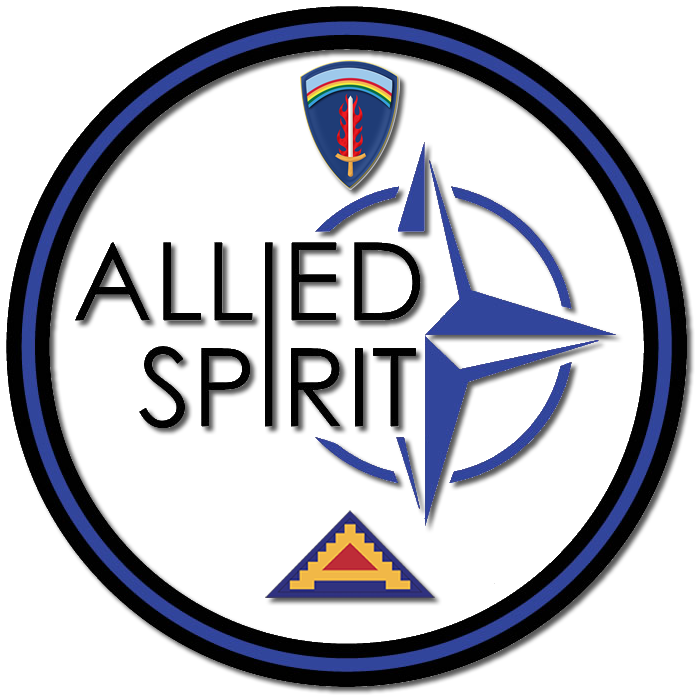
Allied Spirit is a U.S. Army exercise for multinational partners, conducted at 7th Army Training Command training areas at Grafenwoehr and Hohenfels, Germany.
Unlike other USAREUR-AF exercises, which feature U.S. brigade combat teams in a lead role augmented by Allies and partners, Allied Spirit places an Allied unit as the main training audience. While U.S.-led, this exercise will develop and enhance NATO and key partner interoperability and readiness across specified warfighting functions.
For more imagery, videos and news visit our DVIDS feature page.
Read the Press Release here.